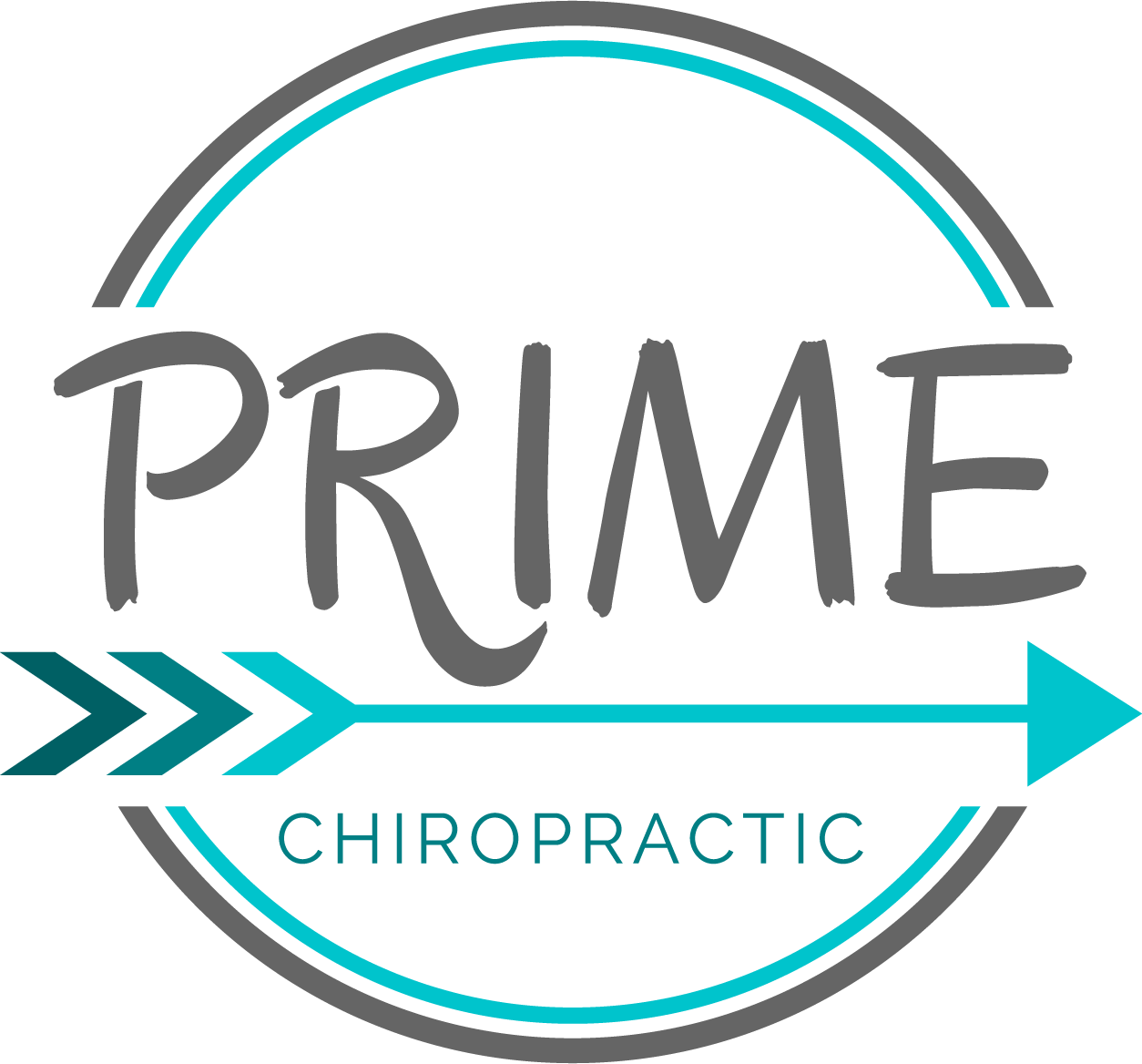Swaddling
While various physiological and emotional benefits exist with swaddling, one should be cognizant that babies should not be swaddling with their legs restricted and kept together in a straight position. Their lack of ability to move in this position, primarily for the hips to be open or the knees to flex up to the chest, can prevent the femoral head from sitting in the socket and contribute to development of hip dysplasia in early infant development.
Car Seats
Car seats are a modern day necessity, however a child’s time should be limited in these as well. Restrictive straps, which would be life saving in the event of a motor vehicle collision, prevent a wakeful child from developing muscle strength and necessary growth from the original shape of the child’s spine. When not in a moving vehicle, a child should not be in a car seat or other bucket devices such as swings and infant seats for prolonged periods of time.
Baby Carriers
Forward facing carriers where the legs are not supported in an abducted and flexed position are harmful to a developing infant’s skeletal structure and puts a child at risk of developmental hip dysplasia. Unsupported legs (dangling from the genitals) in combination with weak abdominal muscles create a follow back arching in infants (hyperextension of the lumbar spine). This is accentuated with every step the parent takes and contributes to a condition called spondylolisthesis (slippage of one vertebrae on top of another).
Infant Sitting Chairs
Using a chair which falsely puts your child in a sitting posture for extended periods of time before they are physically read to do so, because of lack of strength and coordination, can be harmful. Infant sitting chairs puts your child’s lumbar spine in a position of flexion, creating rounding of the shoulders and forward head posture. Sitting, a gross motor development, will happen in an appropriate sequence when the child is developmentally ready. Some of the benefits of these chairs claim to have such as aided digestion and breathing can be achieved much better through upright carrying.
Plagiocephaly
Positional plagiocephaly is a term meaning flattening of the skill. While positional plagiocephaly may not affect how a baby’s brain develops, it can affect a baby’s appearance and can cause a baby’s head and face to develop unevenly, potentially affecting their ability to talk and chew, as well as possibly causing sinus or vision problems.
Up until about 12 months of age, the bones of your baby’s head are thin and flexible. This makes your baby’s head very soft and easy to mold. Because a baby’s skull is soft, constant pressure on one part of the skull causes flattening. If your baby is always on their back or low incline whether in a crib, stroller, car seat or swing, part of their skull may become flat due to the pressure.
Infants were not meant to spend extended time in these devices. Other negative physiological effects can be seen beyond aesthetics such as poor development of the cerebellum and vestibular system, inability to optimally regulate temperature, breathing and heart rate, emotional distress from lack of parent-baby attachment, reflux and ear infections.
Tummy Time
Tummy time is an ideal way to encourage muscle strength, coordination and spinal development. Tummy time should be done in a safe, supervised area on the floor or on a caregiver’s chest while enjoying skin to skin or cuddle time.
Sometimes infants may dislike tummy time because they can’t roll themselves onto their back and do not yet have the muscle strength and coordination to hold their head up for sustained periods of time. If your infant does not tolerate tummy time well, upright carrying with the infant facing the parent is a great substitute, allowing for the feeling of safety while still promoting ideal spinal and muscle development. Bottom line is that tummy time is great if baby is content and well supervised, however upright carrying can be an ideal substitute that still promotes optimal development.
Research and information thanks to Wellness Media Resources!
If you’re ready to get you or your kids’ health back on track, schedule your new patient appointment today!




